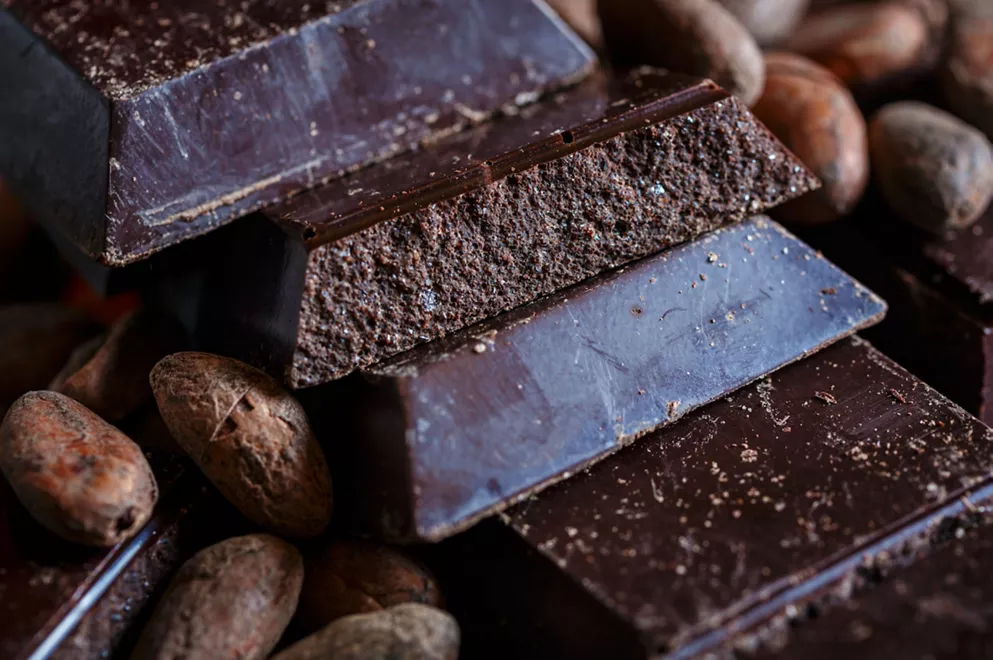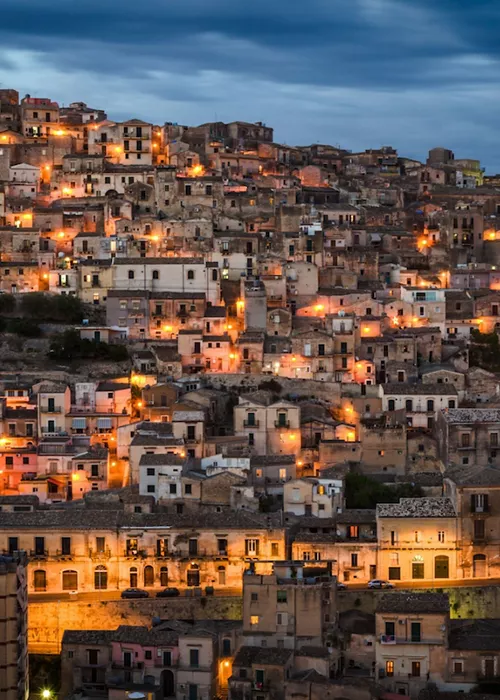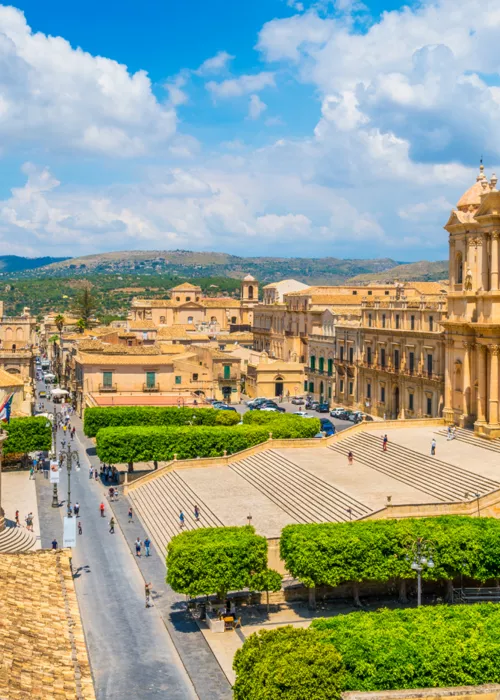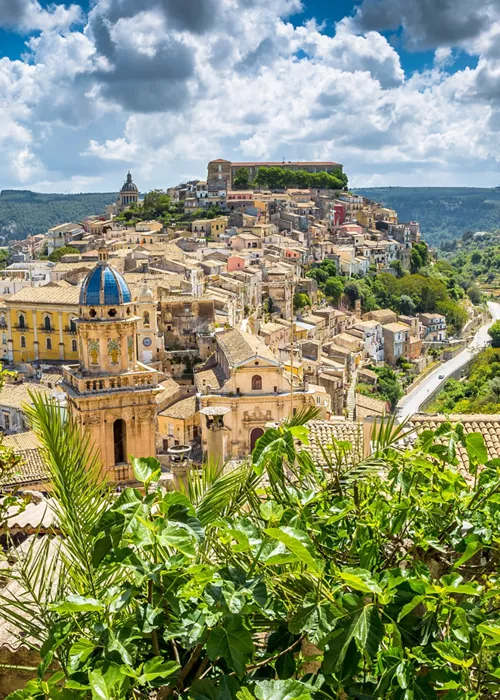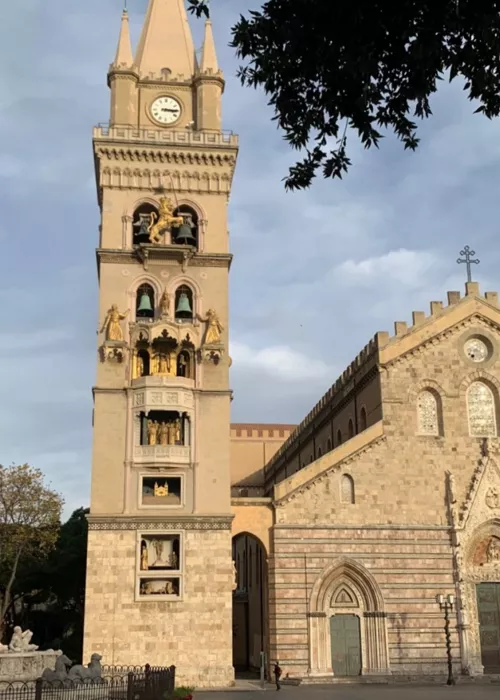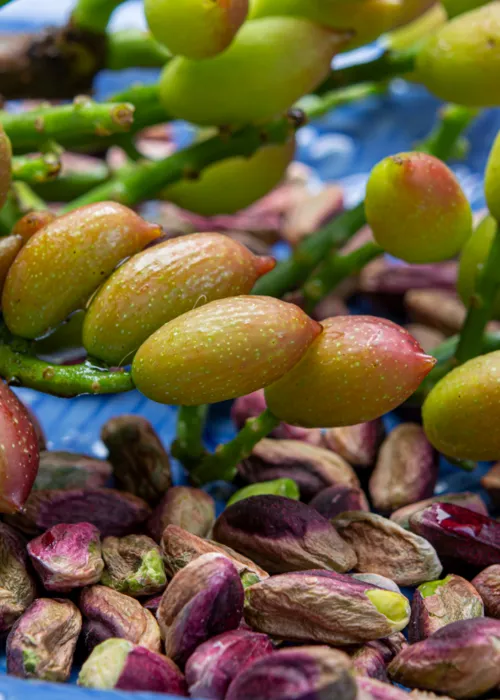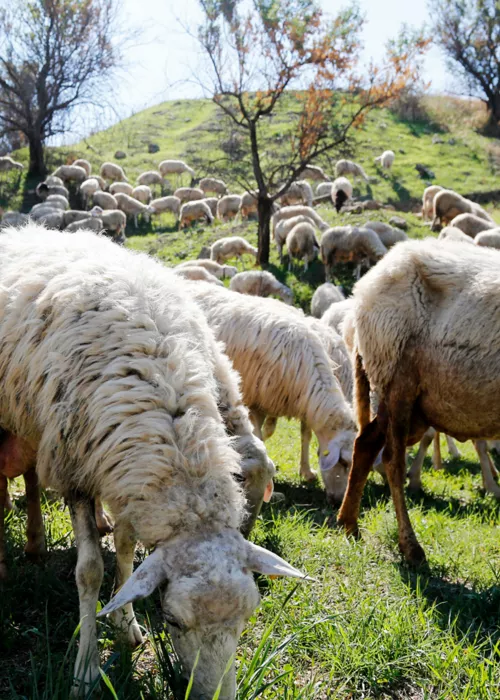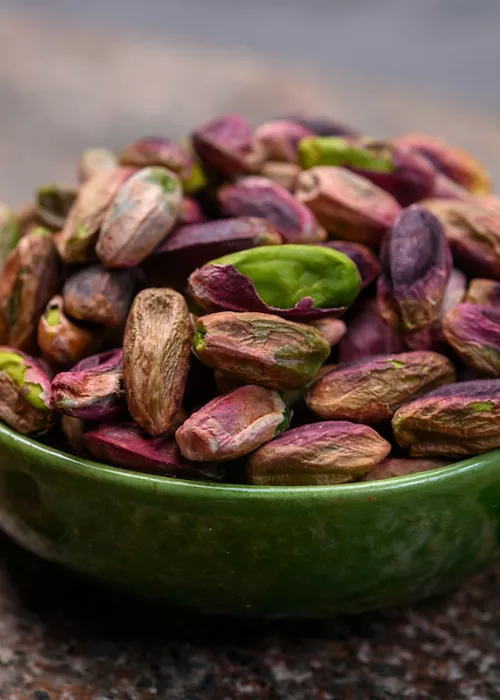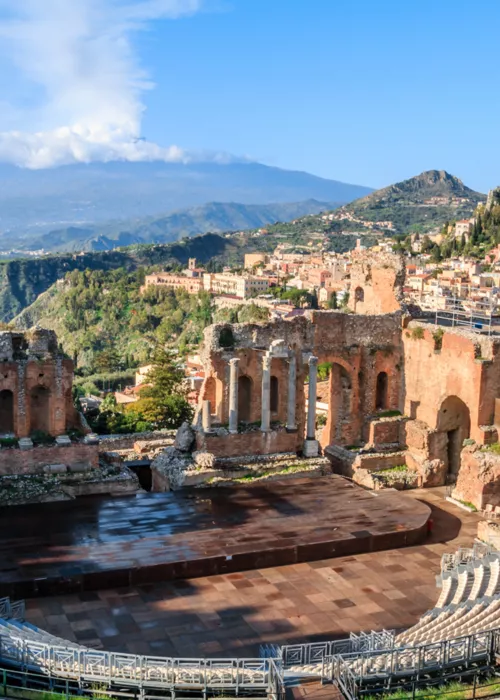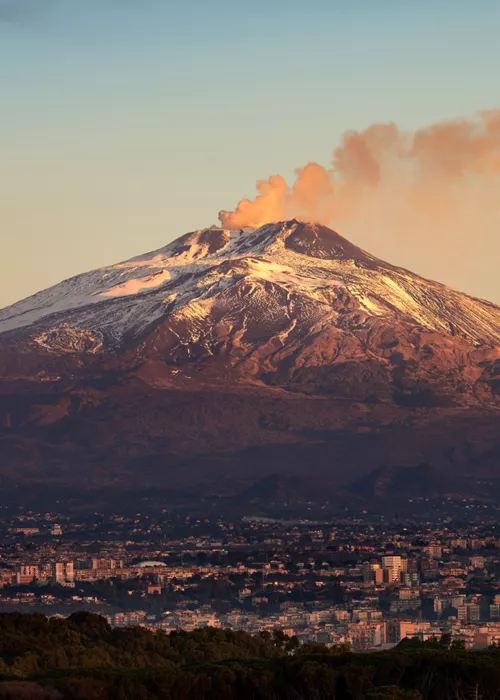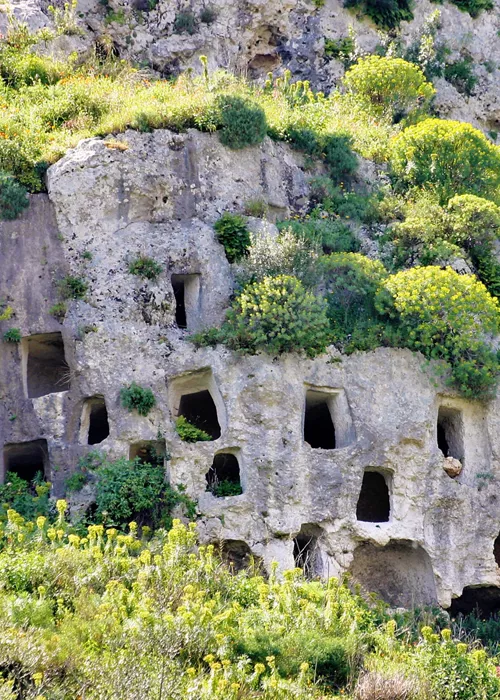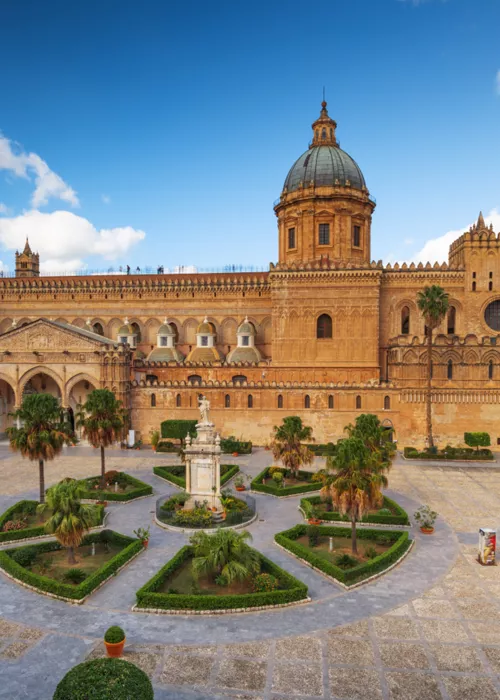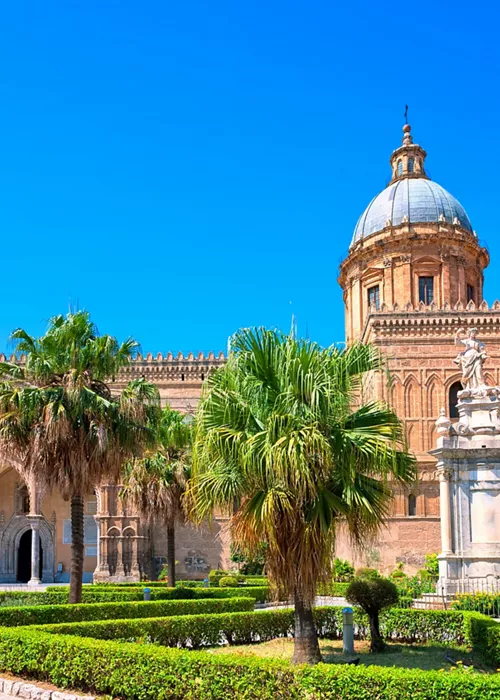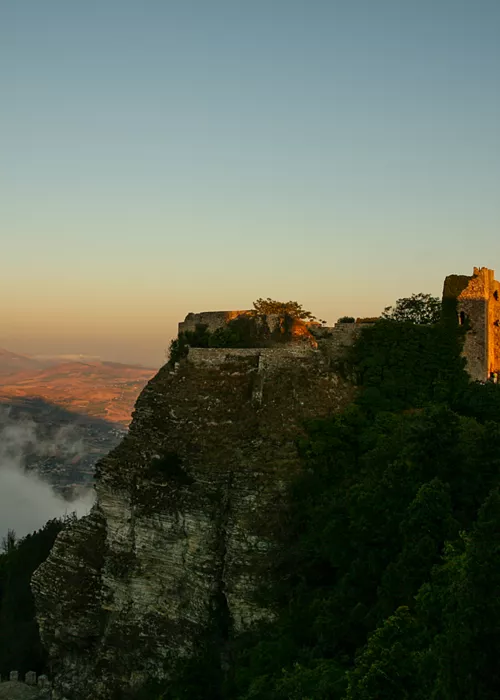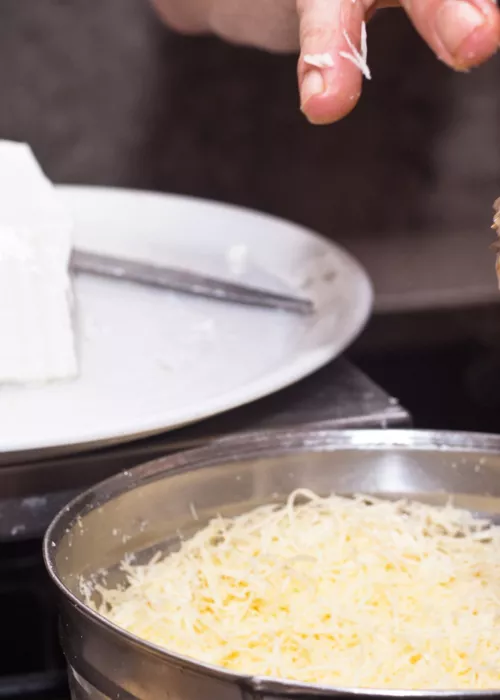Modica’s chocolate
2 minutes
Modica is a charming town located at the confluence of two rivers in the province of Ragusa, famous for its artistic treasures, but also for an ancient tradition of confectionery. Although it was included in the UNESCO World Heritage List together with the Val di Noto in 2002 because of its important baroque architectural historical centre, Modica is known around the world for its chocolate.
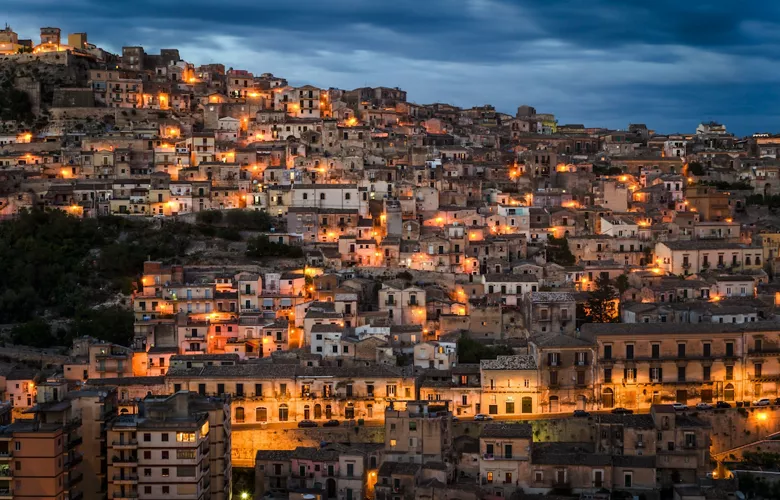
This renowned genuine Italian product originates from the Spanish domination of the island when the invaders introduced its manufacture to the "County of Modica", once the largest in the Kingdom of Sicily. Unlike in the rest of the world, this chocolate has never become an industrialized product and therefore has preserved an authentic flavour based on the purity of its ingredients and craftsmanship of work throughout the centuries, thus deserving the PGI name (Protected Geographical Indication).
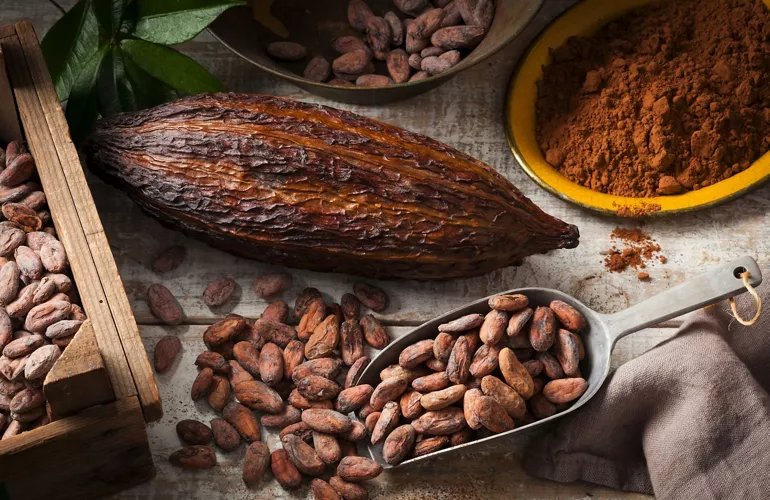
Modica’s chocolate is still worked with a process that leaves unchanged the organoleptic characteristics of cocoa exactly as the Aztecs used to do in ancient Mexico. First they toasted the seeds on a heated curved stone called “Metate” and then ground them with a stone rolling pin. The cocoa paste obtained was flavoured with spices (vanilla, red pepper, cinnamon and many other spices and local herbs and even exotic flowers) the mixture was then rubbed onto the "metate" until it became a stiff and smooth dough. The people of Modica learned this process from Spaniards returning from the New World who introduced the Aztec technique of cold working the cocoa without a conching phase: the cocoa mass is therefore machined at 40° with the addition of sugar which cannot melt because of the low temperature this gives Modica chocolate its characteristic "rough" look and grainy texture.
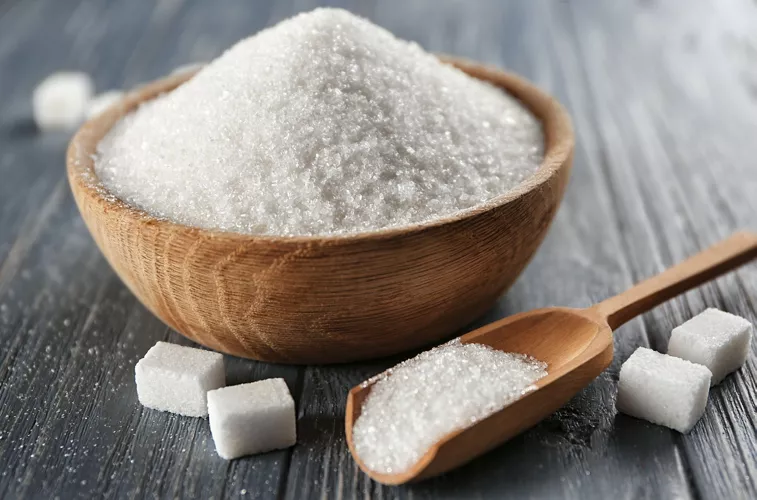
Modica’s chocolate has a dark black colour with uneven hints of brown. It’s granular and crumbly, with coarse granules of sugar and a roasted cocoa aroma. It is traditionally flavoured with cinnamon or vanilla, but you can also find the taste of chili. Flavourings include: coffee, citrus, anise and carob. Some manufacturers offer a mint taste with the addition of chopped almonds, or flavoured with white pepper, pistachio and ginger.

